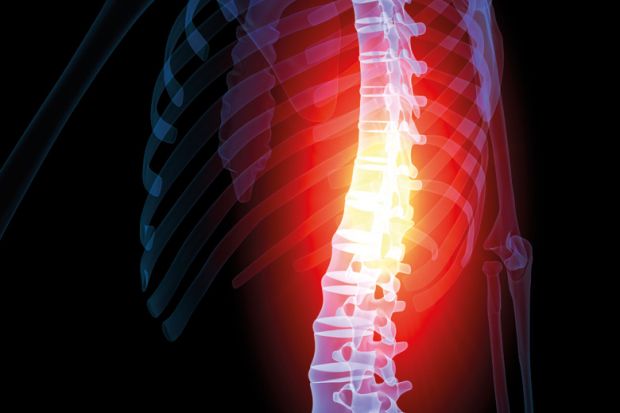Christina Crosby was a fiercely independent, athletic woman. She was a successful academic and the author of an influential book on Victorian literature that argued against a totalising view of women as the “unhistorical other”. She was also a leather-clad, motorbike-riding lesbian. On 1 October 2003, Crosby was on a long-distance bicycle ride when a tree branch caught in her front wheel. She was thrown off the bike and her spinal cord snapped. At the age of 50, she was paralysed. After a long series of operations, she was sent home: her partner, Janet, became her chief carer.
Adjusting to her new circumstances has been formidably difficult. Crosby is alienated from herself. She mourns the body that disappeared and, partly to distract herself, seeks to make intellectual sense of her predicament. Everybody, she muses, both has and is a body, and that sense of embodiment arises in relation to other bodies or that “play of recognition”. How could this be regained after such a catastrophic injury?
Spinal cord injury literally “undoes” the body. Innumerable indignities – big and small (such as being unable to fart) – must be faced every day. Neurological pain is unlike anything suffered by people “in the land of the healthy”. Although Crosby insists that pain evades analogy or metaphor, she nevertheless seeks to use language to communicate her experiences. Indeed, as her lover reminds her, pain “radiate[s] out into the social world”, affecting everyone around the sufferer and causing them to suffer as well. It is precisely the contagious nature of pain that causes Crosby to stop talking about it to her partner, friends and colleagues. She speaks bitterly about pain to her therapist, but no one else, fearing that her complaints might become “corrosive”, eating away “at the ties that bind me to others”. She claims that she is not “bravely suffering in silence”; instead, she simply recognises that “there’s nothing to be done”.
Crosby refuses to give up on “sex positivity”. She categorically states that she “may have no gender, but the chair does. It’s masculine.” Rediscovering – redefining – a sex life as a paralysed woman would never be easy. The accident renders her “untouchable”, in the sense that her brain cannot register what touch actually “feels like”. Her lover explains that it is “like she’s a stone butch” – a metaphor taken from the world of lesbian bar culture and applied to Crosby’s neurological impairment. There is a bitter irony about the metaphor – after all, Crosby is not literally a “stone butch”, in that she deeply desires to touch and be touched by her lover – but the metaphor accurately represents her new “sexual subject-position”. As she writes: “There is no way to rewrite what happens, my lost body is forever lost.”
What is left, though, is grief. Memories of the past haunt her and she refuses to give them up. Crosby fears forgetting “how my embodied passions felt through my whole body”. Afraid that she will “forget the feeling of joy”, she embraces a state of perpetual mourning.
Joanna Bourke is professor of history, Birkbeck, University of London, and author of The Story of Pain: From Prayer to Painkillers (2015).
A Body, Undone: Living On After Great Pain
By Christina Crosby
New York University Press, 208pp, £17.99
ISBN 9781479833535
Published 15 March 2016
POSTSCRIPT:
Print headine: One second that changed a world
Register to continue
Why register?
- Registration is free and only takes a moment
- Once registered, you can read 3 articles a month
- Sign up for our newsletter
Subscribe
Or subscribe for unlimited access to:
- Unlimited access to news, views, insights & reviews
- Digital editions
- Digital access to THE’s university and college rankings analysis
Already registered or a current subscriber? Login





